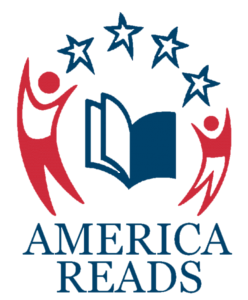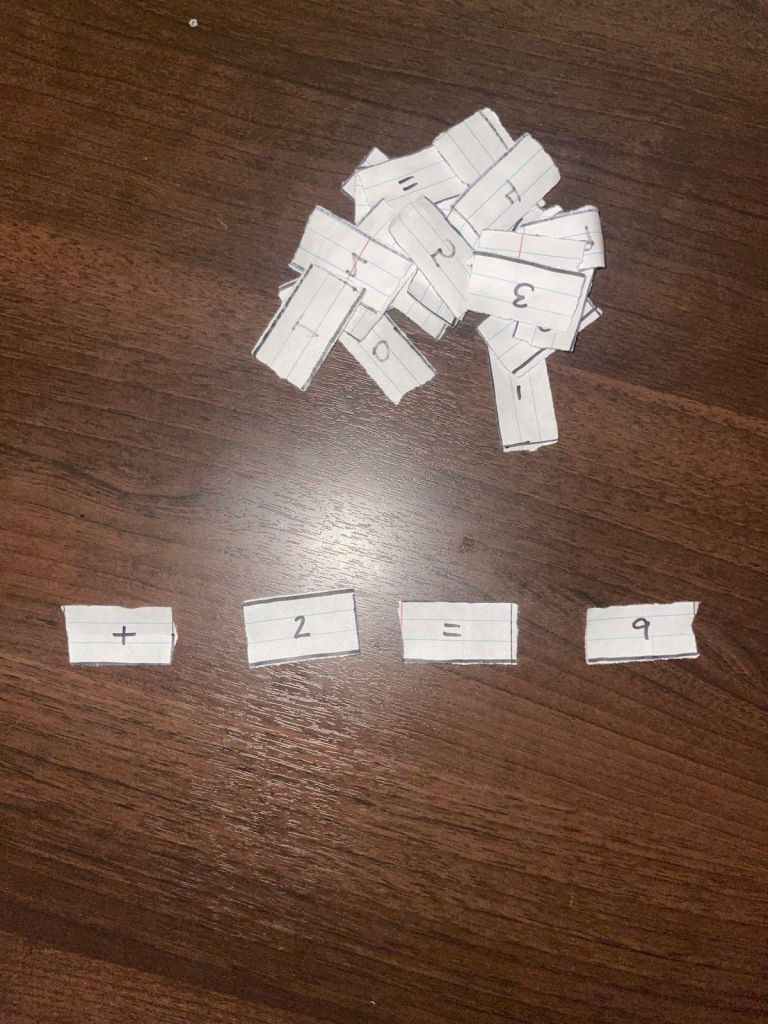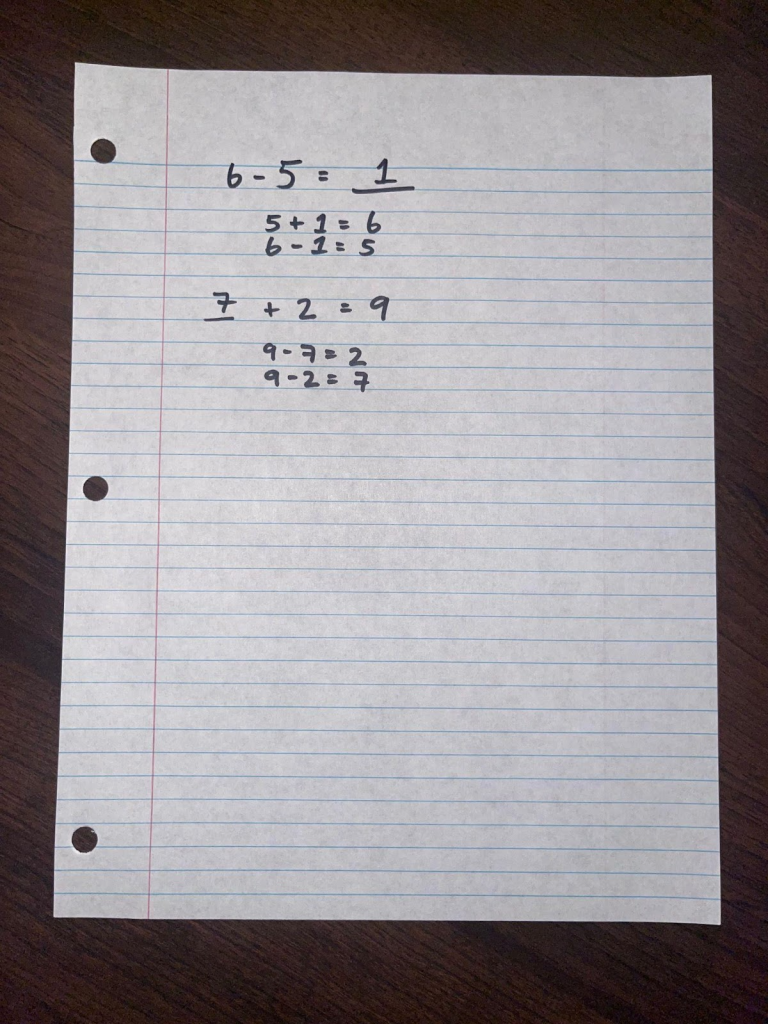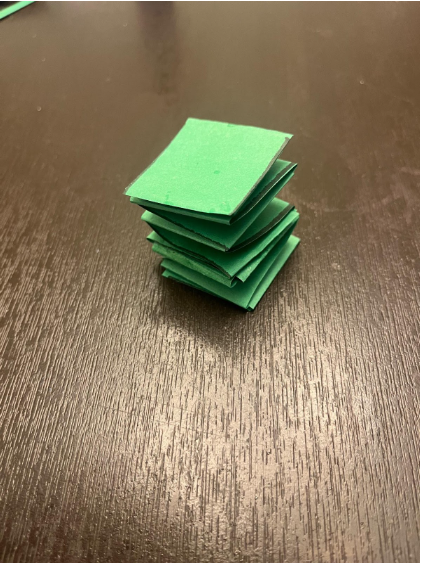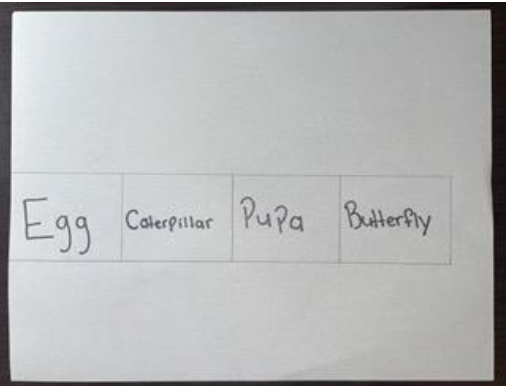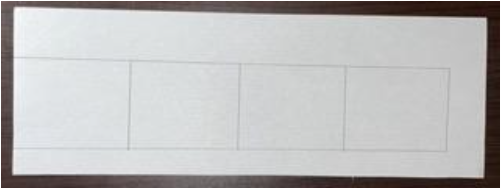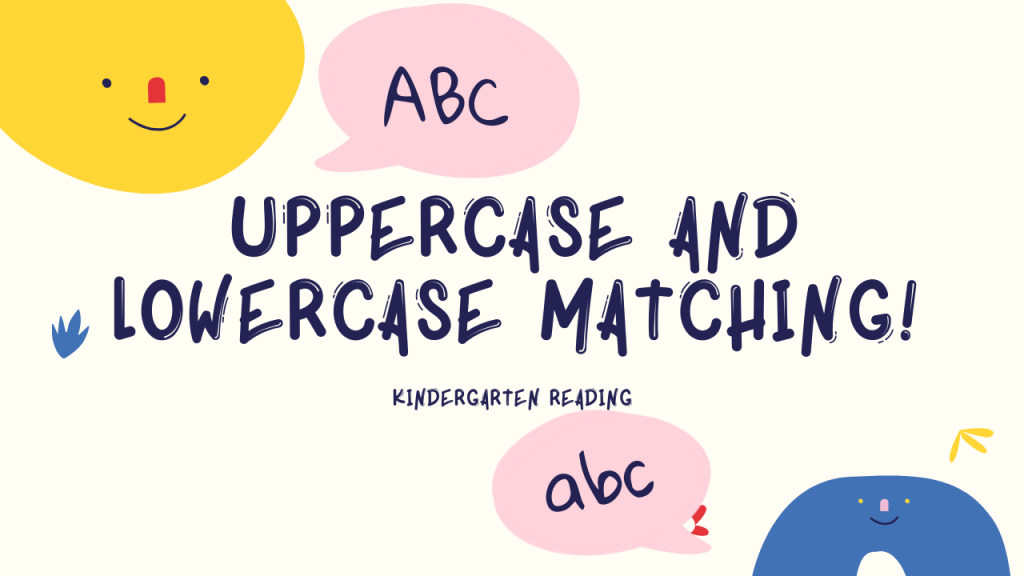
Hello, my name is Kayden!
I am a student at Arizona State University. I really enjoy teaching, and I am here to help you see just how fun using a number line can be! I can’t wait to help you learn how to add and subtract whole numbers on a number line!
This activity focuses on students’ ability to add and subtract whole numbers using a number line.
● Horizontal number line: Students will learn that when adding numbers you move to the right, and when subtracting numbers you move to the left.
● Vertical number line: Students will learn that when adding numbers you move up the number line, and when subtracting you move down the number line.
This will meet the Arizona Common core standard, 2.MD.B.6, by helping students understand whole-number sums and differences within 100 on a number line diagram.
What you will need:
● Provided template
● Piece of cardboard
● Clear tape
● Glue
● Scissors
● String/yarn ● Pencil
Directions:
Let’s grab our template. Notice that you will be using one half of the paper for materials and the other half to solve addition and subtraction problems. There is an extra bee in case you need it, but we will only be using one bee for this activity.
Since we are going to be working with number lines, I would like you to take a moment to read about how they work!
Step 1: First, we are going to get our scissors and cut out the number line and the bee. We are
going to use the bee as a marker for our numberline.
Step 2: Next, we are going to grab our piece of cardboard, and we are going to glue our number
line onto the cardboard.
Step 3: For the next step, please ask for help from an adult. We are going to use our pair of
scissors to make 2 holes, one on at the top of the number line and one at the bottom, like this:

Step 4: Then, we are going to grab our piece of yarn and weave it through both of the holes that
we made. We will tie a knot in the back of the cardboard, like this:
Step 5: After our yarn is placed, we are going to tape our bee to the yarn so we can use it as a
marker for our numbers. The red arrow on the bee will be used as the pointer.
Step 6: So now that our number line is completed, we are going to solve the addition and
subtraction problems on our template.
Step 7: The first problem is 70 – 12. What we’re going to do is bring our bee all the way up to
our starting point at 70. Since we are subtracting 12, we are going to move our bee down 12
spaces.

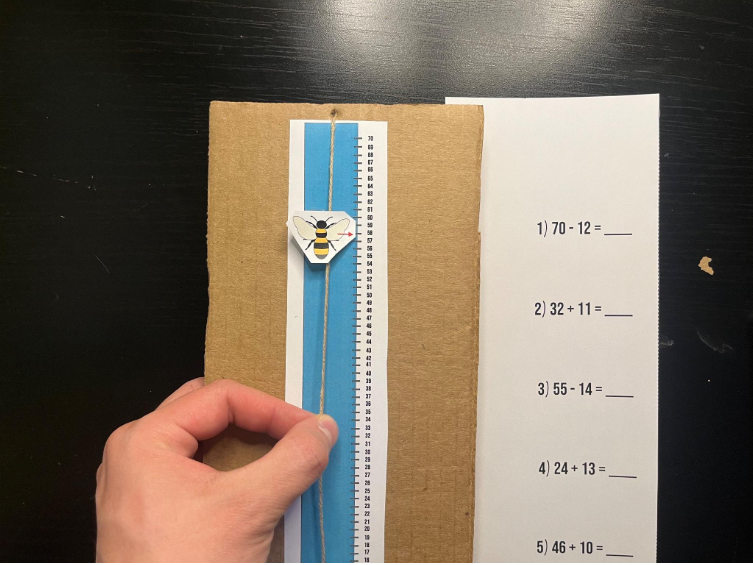
You should end up at the number 58.

Step 8: The second problem is 32 + 11. So we are going to move our bee to our starting point at 32.
We are adding 11, so we are going to move our bee up 11 spaces.
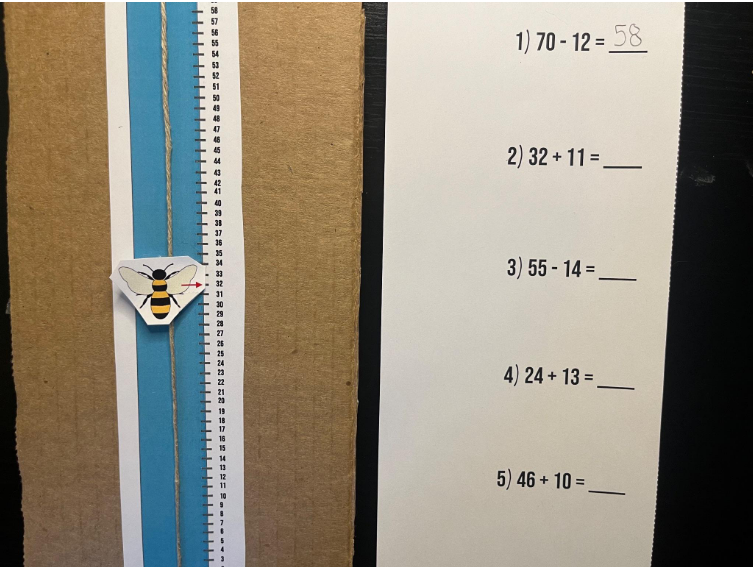

You should end up at the number 43.

Now that you have learned how to use a number line to add and subtract numbers, I would like
you to complete the last 3 questions on your own. I know you can do it!
Results: You did an awesome job learning about number lines, and how you can add or subtract using both vertical and horizontal number lines!
Thank you for visiting our blog! If you liked this activity and would like to see more, please visit our website and our Pinterest! See you next time!
